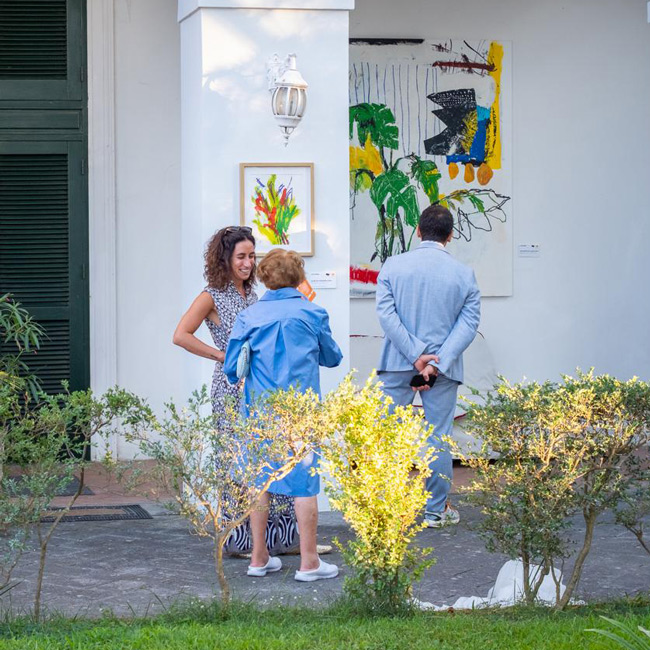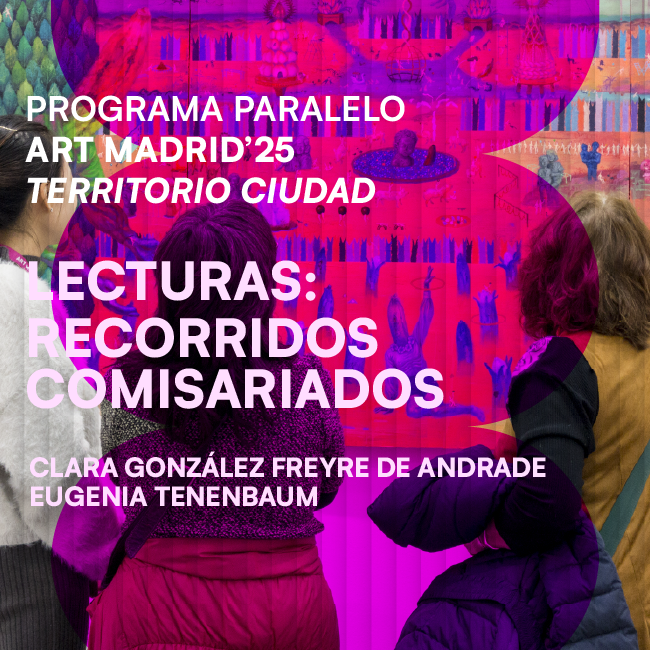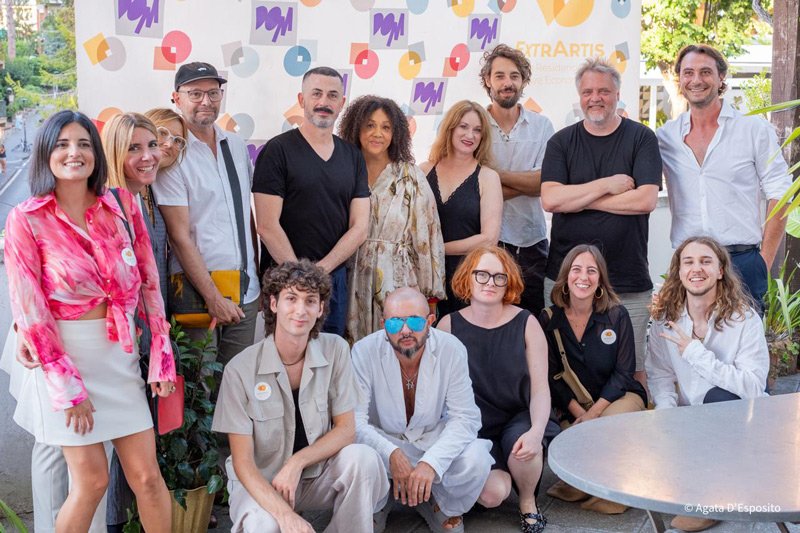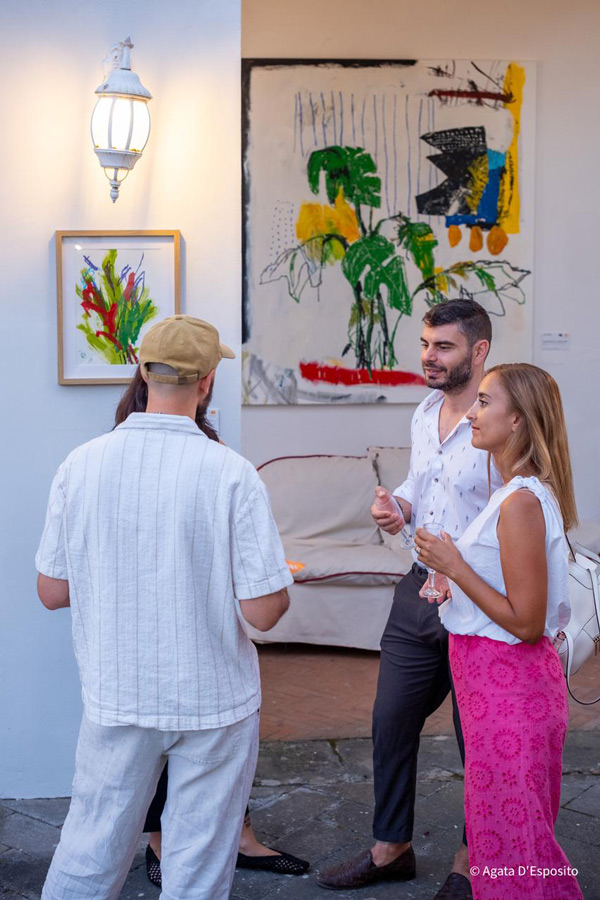A TRIBUTE TO THE DESERTED SPAIN
Dec 12, 2019
exhibitions
We embark on a journey that crosses our country from end to end, which crosses the capital as an obligatory step, as one who threads the needle and tight its ends towards the corners of our territory to die to the sea. From the coast to the nerve centre of this vast space we travel asphalt and dirt ways, paths transformed into roads that attest to the passage of time and the evolution of our history. We pass through villages that were once the cradle of the great events of a common story. We recognise the names of places we study as essential enclaves of our legacy. Others arouse rather surprise and perplexity, curious, strange and bombastic, but already devoid of a genuine sense as a population.
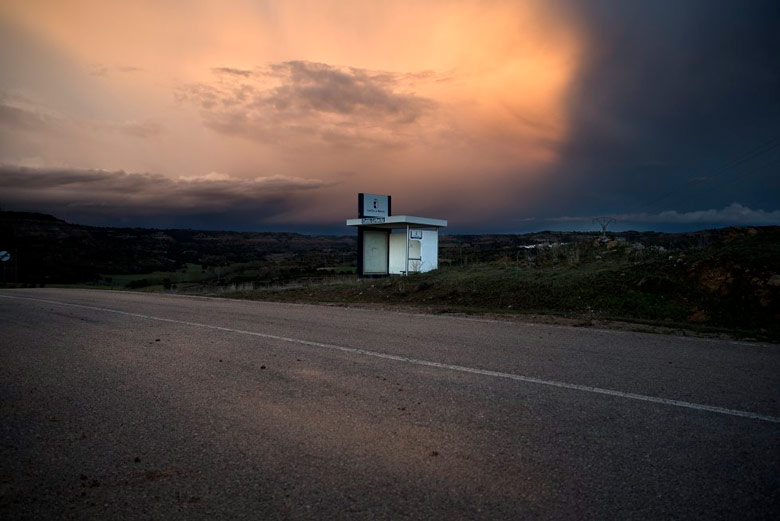
The desolate places of a progressive and unstoppable rural exodus resist oblivion thanks to road signs and an isolated tavern that remains open to quench the thirst of the traveller. The kilometres and the time surrender to our passage and throughout the route we see a bitter reality: the depopulation affects today 80% of the territory, while the big cities attract more and more people and concentrate 80% of the entire population. The image has certain similarities with the metaphor of "The Nothing" of The Neverending Story, where the emptiness was invading the kingdom of Fantasy because children did not read or let their imagination fly, which is what feeds the stories of the fairytales. In real life, these same stories are lost in the domains of oblivion, confined in a past that seems remote and obsolete, subjugated to the impositions of progress and urban life.
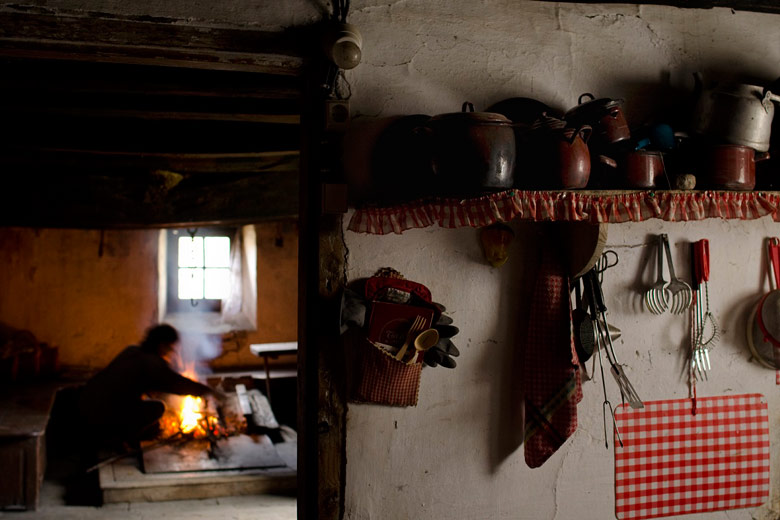
However, it should be borne in mind that the place we are in today is in debt with our villages. The evolution of events cannot be explained without a shared history marked by milestones that have taken place throughout our land. We also face a serious social problem that must respond to the need to reconquer our spaces, preserve our traditional culture and take advantage of the resources that our land offers.
With the desire to value this immense wealth, unknown and helpless, Acción Cultural Española AC/E has launched the Alma Tierra project. This photographic journey through the work of José Manuel Navia offers a wide panorama of landscapes, situations and environments where there is always room for feeling, nostalgia and hope for the future.
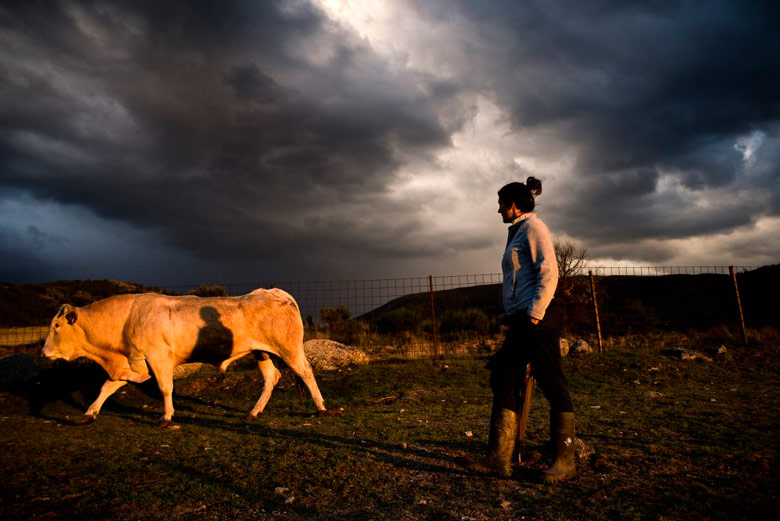
“These villages died so that we can live and from their misfortune comes our luck. The rich manage differently, the poor are always guilty." Luis Mateo Díez, “El espíritu del páramo”, 1996.
The project brings together a total of 158 works, gathered in a book with texts by Julio Llamazares, who explains that the initiative is "an elegy, a plea against the marginalisation of some Spaniards by the rest and a call to reflection." An exhibition in the Diputación de Huesca collects a selection of photographs and gives us some of the most poetic images of interior Spain.

